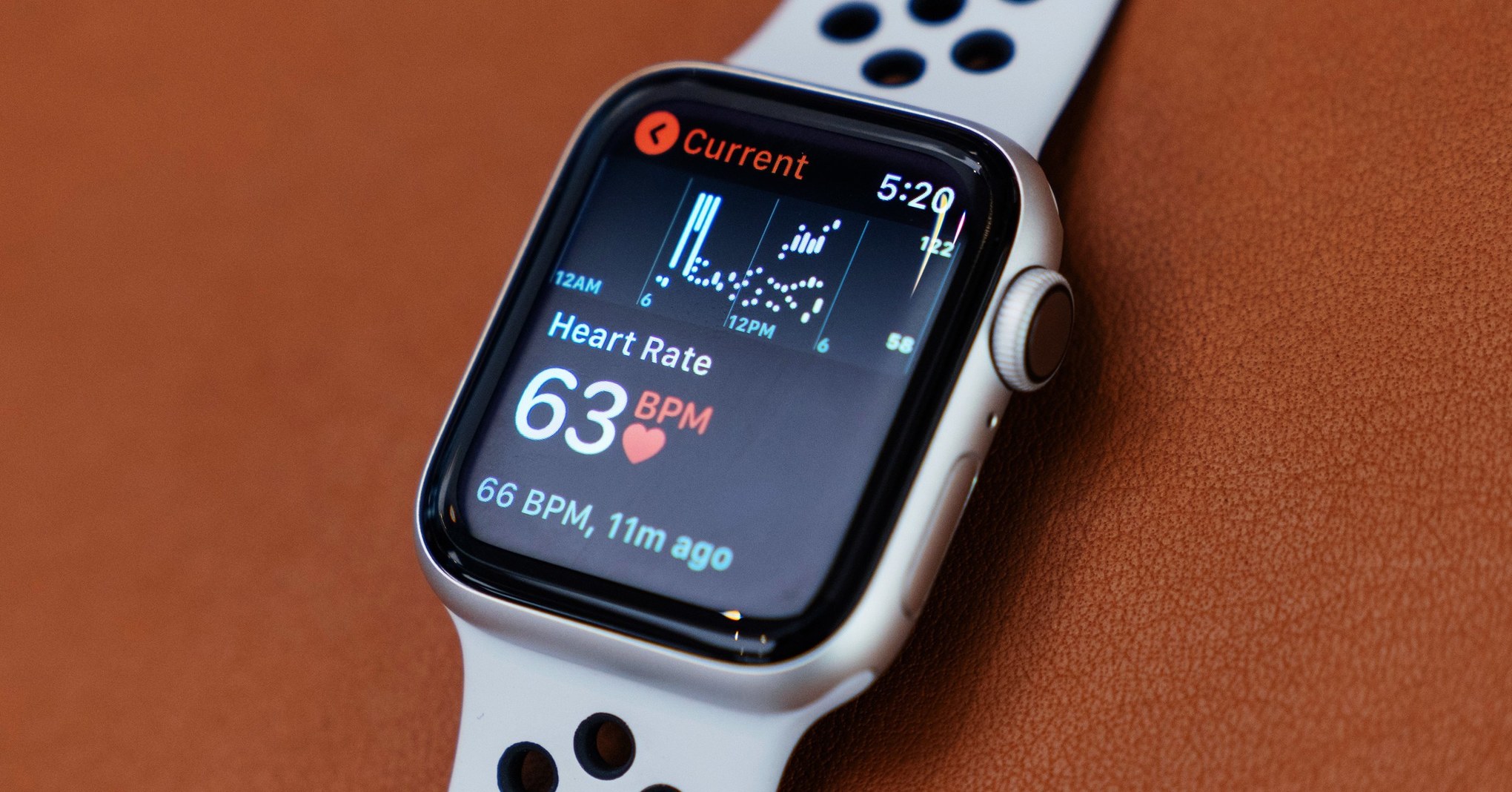Beginning this fall, Apple Watch will track your activity trends over time, help protect your hearing by alerting you to harmful levels of ambient noise, and allow users to track their menstrual cycles. Individually, these improvements might look small or trivial. But given the watch’s existing health and fitness features, this new bundle of capabilities underscores Apple’s push to make its smartwatch the control center for your personal health. Sure, calculating a tip from your wrist is neat. But a personal companion that monitors your well-being everywhere you go? That, Apple is betting, is the future.
Today, the Apple Watch is one of the best health and fitness trackers you can buy. This wasn’t always the case. When it launched in 2015, Apple marketed its wearable as a less intrusive extension of the iPhone—a cure for the vampiric relationship between phones and human attention. Health and fitness were an afterthought, and it showed: Early models lacked GPS, which made the watch unattractive to runners. Submerging it in water could drown the speaker and microphone, which kept it off the wrists of serious swimmers. The built-in heart rate sensor only read your pulse a handful of times per minute, and the meager battery life forced most Apple Watches to spend their nights charging on bedside tables, instead of gathering data on users’ wrists. Companies like Garmin and Fitbit had long offered wearables with those features, and many health-conscious consumers remained loyal to them.
Sourced through Scoop.it from: www.wired.com







Leave A Comment